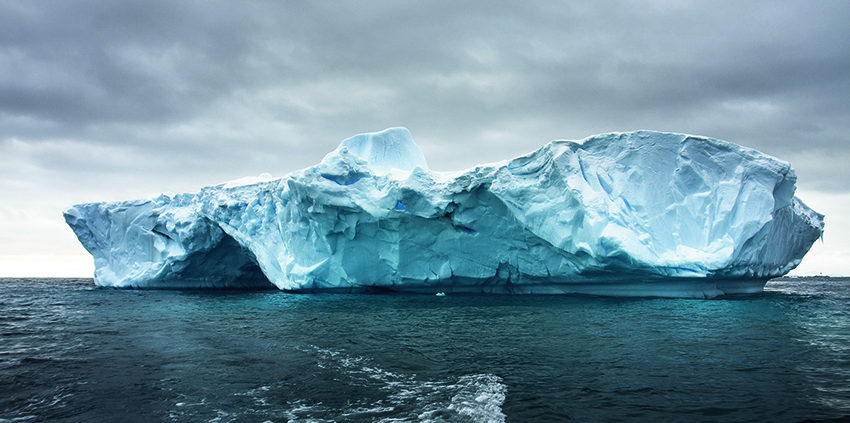This issue of Wild dwells on the Franklin in particular not just because the river—and the land it runs through—is extraordinarily precious, extraordinarily wild, and extraordinarily beautiful, although it is all those things, but because it is also extraordinarily symbolic. We have had other great environmental campaigns in this country that have saved other natural places of critical importance, and some of those campaigns have extended across more years than that of the Franklin. None, however, have come up against forces so powerful. Tasmania, as you will read, was run by the Hydro. And if the pro-dam forces could bring down a sitting premier, again as you will read, what chance did these (primarily but not universally) young activists have? But win they did. And they did so by bringing the weight of popular opinion with them. And that is the other reason to dwell on the Franklin. No other campaign has involved our nation so broadly.
Now, in my last ed’s letter, I talked about direct action. But while direct action is a common denominator linking all the environmental battles we’ll cover in this series—and was a particularly striking feature of the Franklin—what is also apparent is that it doesn’t just happen. Nor does it alone guarantee victory. Direct action is almost like the tip of an iceberg, floating above the surface and visible; the vast bulk of the berg, however—and the vast bulk of most environmental campaigns—lies unseen. The month of protest at Terania Creek had been preceded by five years of lobbying. The three months of blockading at the Franklin may have been—with 6,000 involved and more than 1,200 arrests—Australia’s greatest act of civil insurrection, but it only came about after nearly seven years of prior efforts.
The story you’ll read in this issue on saving the Franklin is not dissimilar; despite being 4,000+ words, it’s just the tip of the iceberg. I could only devote so many resources to this single piece, and the thing that struck me in writing it was not the people I spoke with, as remarkable as they were, but rather the sheer number of people I didn’t. I interviewed and personally spoke with eight of those who were involved, and I wrote more than 14,000 words in heavily abbreviated interview transcripts—and that’s aside from the upwards of fifty books and articles I scoured—but this, in truth, just scratched the surface. There were so many details I had to leave out; so many people whose stories deserve to be told. People who played utterly pivotal roles in the campaign but who, due to lack of time, I couldn’t contact directly. People like Geoff and Judy Lambert. Geoff Law. Emma Gunn. Lilith Waud. Peter Thompson. Norm Sanders.
But at least with those who I’ve just mentioned—and the many others I haven’t who were nonetheless central to the battle—even though I wasn’t able to speak to them, they have at least been recognised elsewhere. However, there are literally thousands who contributed to saving the Franklin whose names will likely never be remembered in print, or whose names will not be passed down through the years. Many of those, most crucially, were engaged in the blockade itself, giving up days, weeks or months to camp on the river bank—dealing with the rain, the mud, the endless lentils, and the threat of arrest—and to physically protect the treasure that is the Franklin,
And while the blockaders were the point of the spear, there were also those who handed out flyers around the country. Who manned stalls. Took part in street marches. Turned out to town hall meetings and to rallies. Signed petitions. Wrote to politicians. Who simply voted in that federal election of 1983 with that single issue of saving the Franklin as their guiding principle. All those many, many people, they were the base of the iceberg. And without the base, the tip wouldn’t have floated. With the environmental issues facing us now, it’s that base that we need. Not necessarily doing the big things, although of course that helps. But the small things are crucial too.

The Base of the Iceberg
From the Editor
Wild 173 (Sep-Oct 2019)

